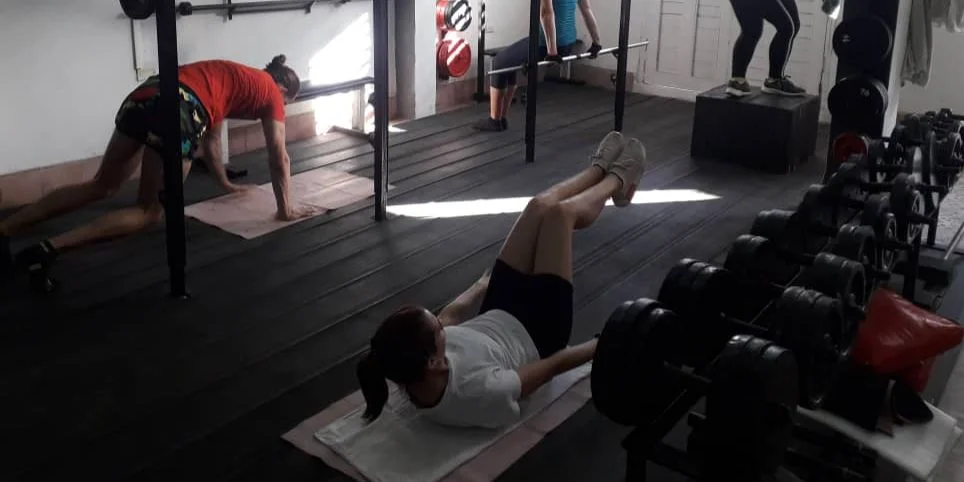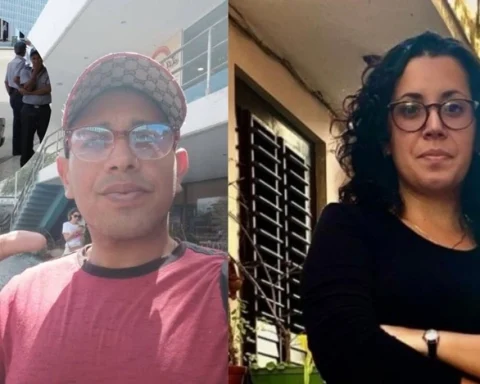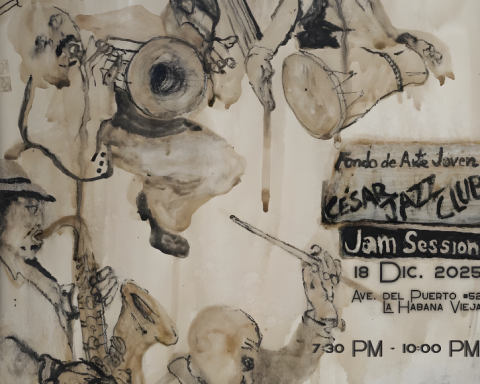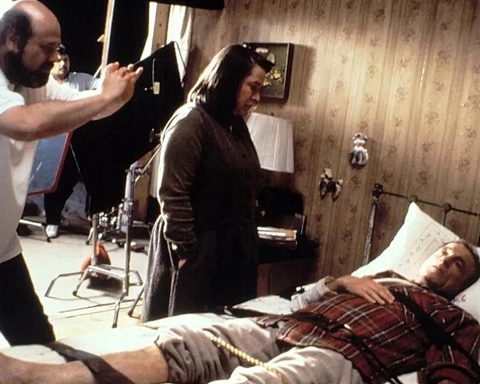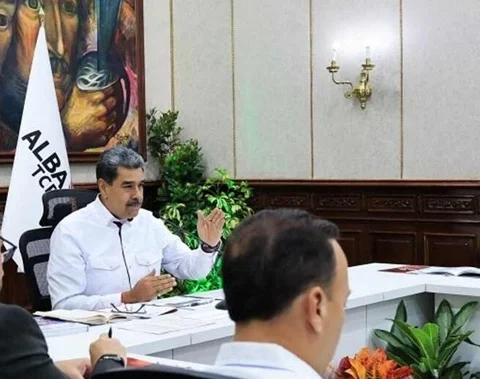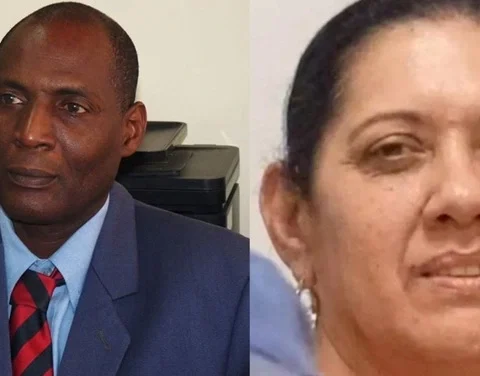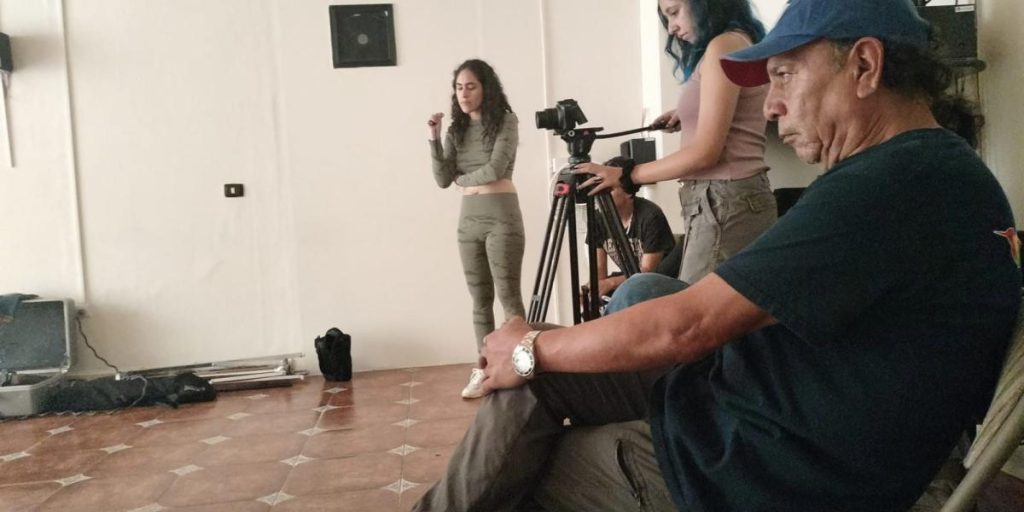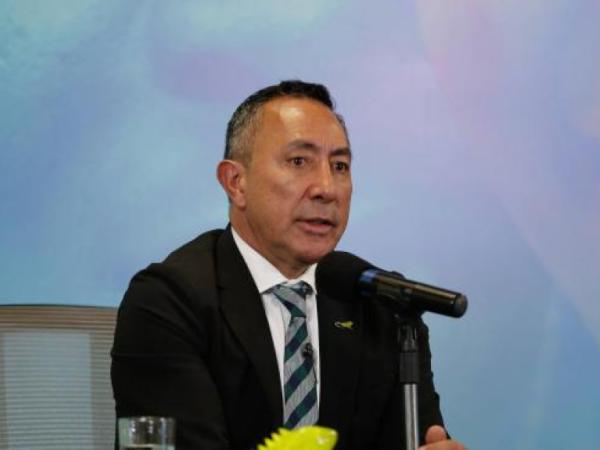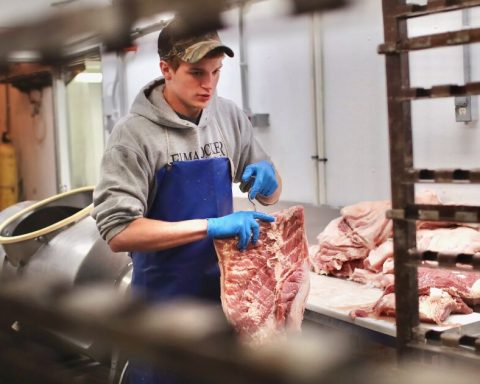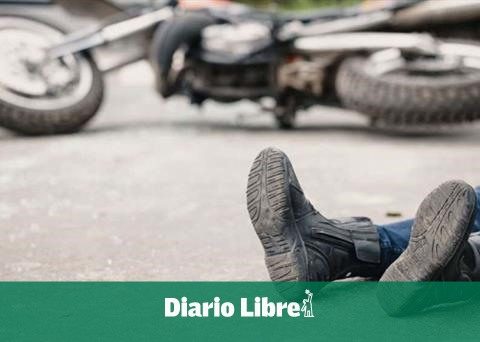SANTA CLARA, Cuba. – In the mid-80s of the last century, just when the culture of physical training was being established in the world, the Tele Rebelde channel began to broadcast a program hosted by a young woman who invited viewers to do exercises in their living rooms. houses to the rhythm of music. With Aerobic musical gymnasticson air until the early 90s, Rebeca Martínez became the face of the fitness of Cuban television, which tried to promote a certain sports education in the midst of the crisis of the so-called Special Period.
For more than a decade marked by hunger and scarcity, Cubans could not even occupy themselves by practicing any physical exercises. In 2010, with the so-called “self-employment improvement process”, the management of private gyms was allowed in the country, and many saw in this “opening” a business possibility that has experienced enormous growth in recent times. and it is quite profitable. Only in the center of Saint Clarethere are currently more than 20 of these private establishments, some more modest than others and some well equipped with ellipticals, bicycles and modern treadmills.
“Now there is a tremendous boom. Really, in Cuba we have always been a thousand light years away from information and we were behind in that sense compared to the first world,” considers Náyade Camacho, a young entrepreneur who created three of the most popular gyms in the city a few years ago: VoltusPhoenix and Premiumalthough the first two were managed by other owners. “I think people have started to wake up, to have access to social networks. To the same extent that cafes and restaurants multiplied, the gym business also grew.”
The Premium, located on Cuba Street, is distinguished from other similar establishments by promoting functional and personalized exercise, characterized by individual attention from the trainer and taking into account the personal objectives of each student. “Generally they are people focused on achieving more specific goals, not only in their physical appearance, but in their health,” Náyade specifies. “It’s another form of training where you’re working more to feel healthy than to look good. “We already have a few years of experience.”
Establishments of this type have come to fill the gap that exists in state centers that use physical activity planned and structured by sessions as part of a rehabilitation process. Pável Fundora, manager of the Premium gym with Náyade and, in addition, a doctor in Physical Culture Sciences, explains that it is about turning weaknesses into strengths and advises: “People must train in a balanced way that allows them to stay away from illnesses and face their daily lives.
Despite the high admission prices in some gyms with certain comfort, which can vary from 10 MLC per month to 3,000 pesos, some of them cannot even cope with the requests of interested personnel. Even in the peripheral neighborhoods this type of business has proliferated, although they are located in premises often with dirt floors, especially in private patios, and equipped with Creole-made devices.
About these rustic businesses, the specialized site Fitness Cuba highlights that their owners, the vast majority, “lack professional studies in the subject and rely on personal experience acquired through years of training.” All of this leads to errors being made in the way the exercises are performed, the dosage of the volumes of the loads or the planning of the training routines per day. On the other hand, gyms already established with years of experience have served as a source of employment for physical culture professionals who have emigrated from the state sector and who logically receive better remuneration for their work.
Health or personal appearance?
When inquiring with trainers and clients about the specific reasons for the growing fashion of gyms, there are those who come to recognize that it responds largely to the “Instagram effect.” Access to networks has caused many young people to want to imitate the physique of celebrities, fitness influencerstrainers or simply simulate lifestyles of relatives who live abroad, from a context where it is truly unthinkable to maintain a rational daily protein consumption.
“My model is Christopher Bumstead, the bodybuilder. “I follow him on Instagram,” says Miguel, 33 years old, who attends one of the most expensive gyms where they charge him more than 3,000 pesos a month and which includes personalized training to get closer to his goal. “Here in Cuba there has been a lot of prejudice with the issue of muscularity and body worship,” he emphasizes.
Specifically, about the development of bodybuilding in the country, Fitness Cuba stands out that although it is not a prohibited practice, it has been marginalized and does not have government support: “Many times, prohibitions, obstacles and oversights appear out of nowhere, which either hinder or derail the work that has been carried out for years.” including suspensions of events, zero disclosure and no approach to this sporting discipline.
A few blocks from Santa Clara Park is one of the gym most frequented in the city attended only by women. Registration costs 1,500 pesos and also includes the personal trainer service. “I’m really preparing myself so that I won’t be so flabby when I leave,” says Maylín, a 24-year-old who aims to improve her personal appearance before emigrating to the United States.
Pavel considers, however, that initially the influence of the networks was merely aesthetic, but that now there is enough material for people to know how much physical activity can help to face a healthier old age. “Sometimes you find a 20-year-old boy with hypertension problems and someone older who manages to perform highly complex exercises.”
Another vision is held by Antonio López, a Physical Culture graduate with a license as a sports practice instructor, who assures that many young people “get involved” in practicing exercises to “de-stress and even socialize with each other” due to the very few recreation options that currently exist. for this age group: “They can’t go out to any bar because it costs them an arm and a leg. At least with the training they manage to gain self-esteem and at times they forget that they are in a blackout or that they do not have water in their homes.”

The reasons for those who regularly attend these gyms are various, although almost all of them come together in the need to gain muscle mass or maintain fitnessa term that refers to the generalized state of well-being and health through continued exercise and a balanced diet. The aforementioned site itself points out that there are still many barriers for those who seek to lead a healthy life on the Island, such as lack of infrastructure and adequate equipment or obtaining vitamins and sports supplements that are very far from the reach of the average Cuban. “This can hinder individuals’ ability to obtain the nutrients necessary to maintain a healthy lifestyle.” fitness”warns the publication.
These are, essentially, powders or drinks that are used to increase muscle mass, lose weight or improve resistance. In the informal market, a package of protein powder or creatine can cost between 4,000 and 12,000 CUP. Personal trainers or gym owners themselves also provide these supplements to their clients. In general, the owners and instructors of five gyms visited in Santa Clara agree that it is extremely difficult for Cubans who train to maintain a healthy and balanced diet low in fat and sugars.
“Nutritionists recommend eggs, meats, fruits, very little carbohydrates if you want to lose weight and zero ultra-processed products such as sausages or sausages, and we already know that the latter is what Cubans eat poorly,” says Antonio. . “As an expert on the subject, I can say that it is worrying that many young people do not have adequate protein consumption before training, which can trigger serious long-term problems. “Many people here are making mistakes with a pizza and bread with a croquette in their stomach.”
